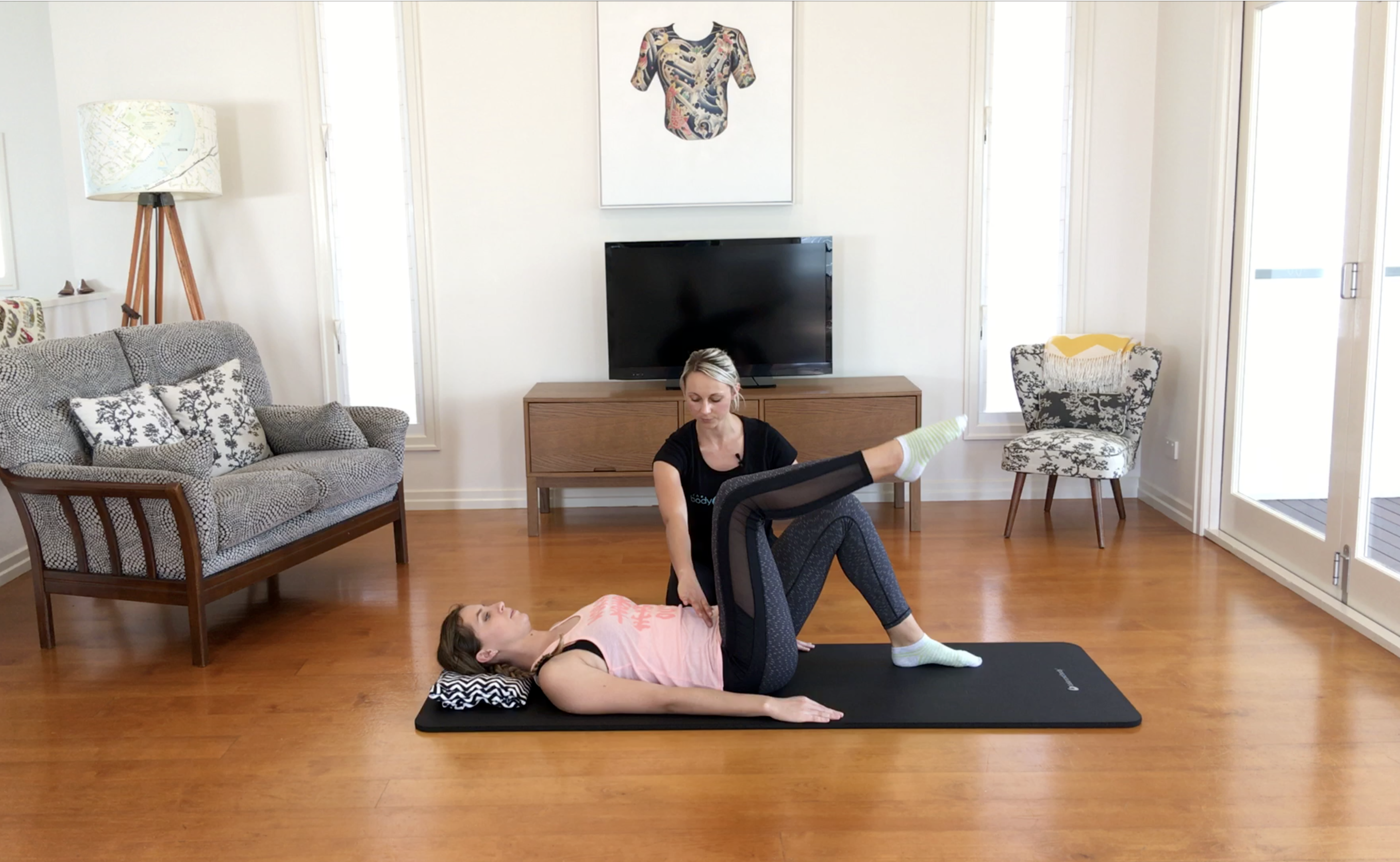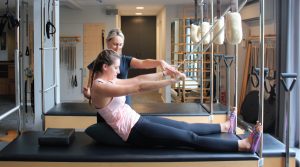Every woman should get into the habit of doing daily pelvic floor exercises.
After having a baby, start your pelvic floor exercises as soon as possible. If you had a vaginal delivery, the muscles will feel inhibited and very weak due to swelling and pain, but doing the exercises will actually assist in reducing pain and swelling.
Activating your pelvic floor can assist with several disorders of the organs for which it supports.
- Prolapse disorders
This is when there is a slipping of pelvic organs out of place. This is extremely common – approximately 75% of women develop at least some degree of pelvic organ prolapse during their lifetime.
There are 3 types of prolapses:
- Bladder which pushes on the front of the vaginal wall
- Uterus which descends down the centre of the vagina
- Rectum which pushes on the back of the vaginal wall
2) Urinary Disorders
There are several but a few of these include:
- Stress incontinence (leaking with coughing, sneezing or activity)
- Urgency (sudden need to empty the baller without being able to hold on)
- Frequency (having to empty the bladder more often than 8 times per day)
- Nocturia (needing to wake more than once at night)
- Overactive bladder (urgency usually with frequency and nocturia)
How to feel for the pelvic floor
- lie in a comfortable position
- take a breath in and then as you exhale, imagine that you are stopping yourself mid flow of emptying your bladder – it should be a lift up and in
- then start to lift the back of the pelvic floor as if you are stopping yourself from passing wind, but without gripping your bottom
- now hold this lift and count to 5 whilst still breathing!
- then relax and make sure you completely let go of the muscles
if you do not feel a distinct squeeze and lift of the muscles then ask for help from a Women’s Health physiotherapist.
How to do your pelvic floor exercises:
- squeeze and draw in the pelvic muscles as tight and strong as you can, and hold them until you count to 10. Then let them go and relax. You should have a distinct feeling of letting go.
- If you cant count to 10 just hold for as long as you can.
- Repeat the squeeze and lift and let go, with an 8-10 second rest in-between each lift.
- repeat the squeeze and lift as many times as you can, aiming for about 10 repetitions
- Do this every day
Fewer stronger squeezes are better than lots of half-hearted ones so ensure you give it your full focus. Make a regular time to do your pelvic floor exercises, such as after your morning shower or before you go to bed.
Knacks: after the longer holds, then practise quicker lifts and letting go. Squeeze, let go, squeeze, let go up to 10 repetitions.
If you suffer from stress incontinence then you can use the knack just before coughing, sneezing or laughing in order to help control the opening of the urethra and reduce leaking. However, as its only temporary stability, we need to strengthen the pelvic floor so that we can partake in activities such as running and jumping.
If you do suffer from either prolapse or urinary disorder then you should see a Women’s Health physiotherapist who can give you an individualised exercise prescription to strengthen the pelvic floor and ensure that you are doing it correctly. When done correctly the research shows that pelvic floor training does provide good results. There are also many other different treatment options available for these conditions which can be explored.
Our Women’s Health physiotherapists and Exercise Physiologist offer specific Pilates and Fitness classes to help you rebuild your body after your pregnancy journey:
- Pregnancy Conditioning Pilates classes: To keep you active during your pregnancy
- Mum and Me classes: To help your body recover from the changes it experienced during pregnancy and childbirth.
- Power Pregnancy: To keep you strong and energised throughout your pregnancy
- Strong Mums: Become stronger and fitter after the birthing experience.
For more info, please contact us on 3358 3915. To book your appointment or your classes use our App or online booking system available on our website. When booking your appointment don’t forget to mention you would like to see one of our Women’s Health physiotherapists.




